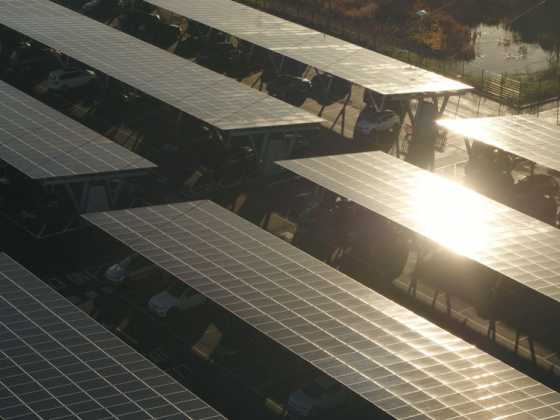Using manure to create fuel for HGVs

CNG Fuels has announced plans to become the UK’s first supplier of carbon neutral fuel for HGVs using manure. We chat to the company's CEO Philip Fjeld to find out more
Please explain how using manure can produce a carbon neutral fuel?
Manure, when left to decompose in an open environment, will emit large quantities of methane to the atmosphere. Methane has a global warming potential value that is 28 times greater than CO2. When manure is collected and treated in a biomethane production facility, the manure is captured and is used as a fuel, where it is ultimately turned into CO2 at the tailpipe of the vehicle. This avoids methane emissions to atmosphere and thereby reduces the lifecycle global warming impact from the manure.
Where will you source the manure and what's the process of turning it into a fuel?
CNG Fuels is currently not an owner or operator of Anaerobic Digestion (AD) facilities. An AD plant is where organic matter is processed and biomethane is produced and injected into the pipeline grid, where it is then transported to Bio-CNG refuelling facilities. CNG Fuels currently buys biomethane from five AD plants, with a greater number under contract as suppliers from 2020 onwards. An AD plant turns organic material, such as manure, into fuel by first letting the matter decompose in an oxygen starved environment, where bacteria digest the material and produce biogas. The raw biogas is then sent to a clean-up module where impurities are removed and the gas is brought up to a specification that is similar to pipeline gas. The gas is finally injected into the pipeline grid and transported to a Bio-CNG refuelling station.
What does a 'carbon negative' fuel mean?
As manure, if left to decompose in the open environment, would emit large quantities of methane, which has a global warming potential factor that is 28 times greater than CO2. Capturing the methane and using it as a fuel results in significant avoided greenhouse gas emissions, which means the fuel on a life cycle basis actually has a negative CO2 equivalent footprint.
You have plans to also offer hydrogen and electric fuelling at your forecourts - when do you think there will be demand for such fuels for HGVs?
It is hard to estimate when demand for such fuels will materialise, beyond occasional early-stage trials. However, as a market-driven company, CNG Fuels’ objective is to provide its customers with refuelling solutions that can assist in their drive towards achieving net-zero emissions from their HGVs. We are busy preparing for a future when hydrogen and electric charging will become a technically and economically attractive offering, whether this is a couple of years away or longer-term.
What needs to happen to make hydrogen and electricity viable for HGVs? Support from government?
Hydrogen and electric vehicles and refuelling infrastructure already benefit from zero fuel duty and grants to reduce the vehicle purchase cost and support the cost of refuelling infrastructure. Ultimately, for a technology to become successful and achieve mass adoption rates, it will have to demonstrate that it can be an economical option without relying on government support. There is currently a lot of investment going into developing lower-cost and more efficient hydrogen and electric vehicles and refuelling infrastructure. Over time, we expect this to result in a more competitive offering for the HGV sector.
What's the progress of your six new refuelling stations that are due to open?
We are in the middle of a nationwide rollout of large public-access Bio-CNG stations. The station in Northampton, at junction 16 on the M1, opened in September. The largest Bio-CNG station in Europe, our Warrington station, has recently opened for business and we are on course for opening approx. 2 stations per quarter going forward. Demand and adoption rates for CNG HGVs has reached a tipping point, where large fleets are no longer just trialling the technology but are now purchasing CNG HGVs in significant numbers and diesel HGVs are being phased out as the vehicles reach end-of-life.






